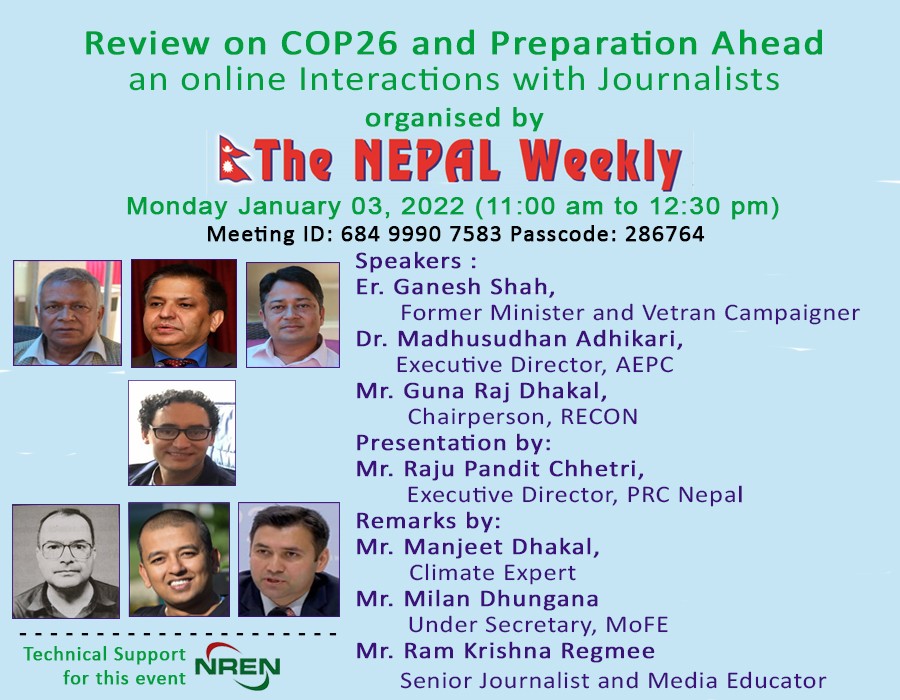 The Nepal Weekly
The Nepal Weekly  October 17, 2023
October 17, 2023
Electric vehicles (EVs) for personal transport in Nepal is rising. The trend is at ascending for last 3 years. From the angle of tax on import of EVs, this was favourable enough in the FY 2016-17 which continued till FY 2020-21. Suddenly the Government introduced ‘unfriendly’ tax rule in FY 2002-21. That was 4 months later amended to some extent, but this was still ‘unfriendly’ for the EV business community. In FY 2021-22, the tax rule introduced was little ‘friendly’. Again in FY 2023-24, the Government made a good for expensive and bad for mid-range by electric capacity.
The electric vehicle market has been now at a good shape as the users can have choices and options to suite the budget and bank financing on purchase of EVs. Most popular brands are like BYD’s e6, ATTO3 and Dolphin, Hyundai’s Kona, Ionic 5 and Ionic 6, MG’s ZS, Hyozon’s NETA Vare the electric cars sold better. Moreover, after Tata’s Nexonev has been brought in the Nepal market, it drew a lot of users to buy this. The latest it brought in is Tiago ev. This two are rated as most sold electric cars in Nepal.Tata also sold a number of Tigorev for personal uses and Express T to use as public transport. There are also Citron c3, Raysince, Wuling Henry showing their presence in Nepal’s ev market.
Mainly the bank finance is playing a vital role in increasing number of electric and fossil fuel vehicles in Nepal. The commercial banks are providing upto 20 percent auto loan on EVs while the fossil fuel vehicle are not getting similar facility form the banks.
By this time, a large number of evs can be seen in the Kathmandu valley roads. Their visibility has been improved at a satisfyable level.
The users are shifting to evs as NEA and ev importers are building charging points in different parts of the country to make the long journey free of tension to charge the batteries. Trust on easy repair and maintenance and desirable battery life are also supporting reasons to increase of evs.
NADA Auto show, the automobile exhibition organized by Nepal Automobile Dealers Association in last September was expected to bring the automobile business back in track. The business especially fossil fuel vehicles to get good business after the event was said to have been not much effective. However, electric vehicles still the show and people were looking for evs there. Tata’s Nexon and Tiago, BYD’s Atto3 and Dolphin, MG’s MG4, Citron’s c3 were the attractions while some booking for 600 Tiago evs were done during the exhibition. BYD’s Atto3 and Dolphin and MG’s evs were also booked at an appreciable level.
According to the Department of Customs, the country imported a total of 4,050 assembled electric vehicles in the fiscal year 2022-23 which is more than double the units imported in the previous year. The country had imported 1,807 electric four wheelers in 2021-22. Last fiscal year, 6,914 three wheelers were imported, according to the customs data.
Sources say that last year there were around 50,000 EVs, including electric rickshaws, in operation in the country.
The development of private use or institutional use electric vehicles which is still below the desired ratio, the development of electric vehicles for public transportation is too slow. Only a few 11 seater and 14 seaters are increased in limited routes adding a few new route. Presence of some 200 such vehicles cannot make a change or produce desirable impacts to national economy. That means the privately used evs run below 4okm a day while public transport vehicles run around 200 km. Thus electricity uses and replacing the volume of fossil fuel require a serious review so as attention may be shifted to evs for public transportation.
More to say is tax structure on evs for public transportation is too high in comparison to fossil fuel run microbuses, minibuses or buses. Therefore, only 11 seaters are used so far. The tax system and financing system should be entrepreneur friendly so as they can see some benefit in operating evs for public transportation. The Government need to review on the systems to attract private entrepreneurs who operate public transportation.
The actions should also go in tandem with Nepal’s commitments in global forums and agreements to fight climate change.
As per the NDC submitted in December 2020, sales of EVs in 2025 will be 25 percent of all private passenger vehicles sold, including two-wheelers and 20 percent of all four-wheeler public passenger vehicle sales.
By 2030, there will be an increase in sales of EVs to cover 90 percent of all private passenger vehicle sales, including two-wheelers and 60 percent of all four-wheeler public passenger vehicle sales. The public passenger vehicle target does not include electric-rickshaws and electric-tempos.
Nepal made a commitment to achieve net-zero carbon emission by 2045 at the UN Framework Convention on Climate Change (COP26) in Glasgow in November 2021.
The COP 28 is going to take place from 30 November until 12 December 2023 in United Arab Emirates.Most probably, the global event will deal massively in ‘loss and damage’ a ‘stocktake’.
Thus, the matter is worth review to promote electric vehicles to meet the target set by the NDC. That would support Nepal to showcase good news on reducing use of fossil fuel.

